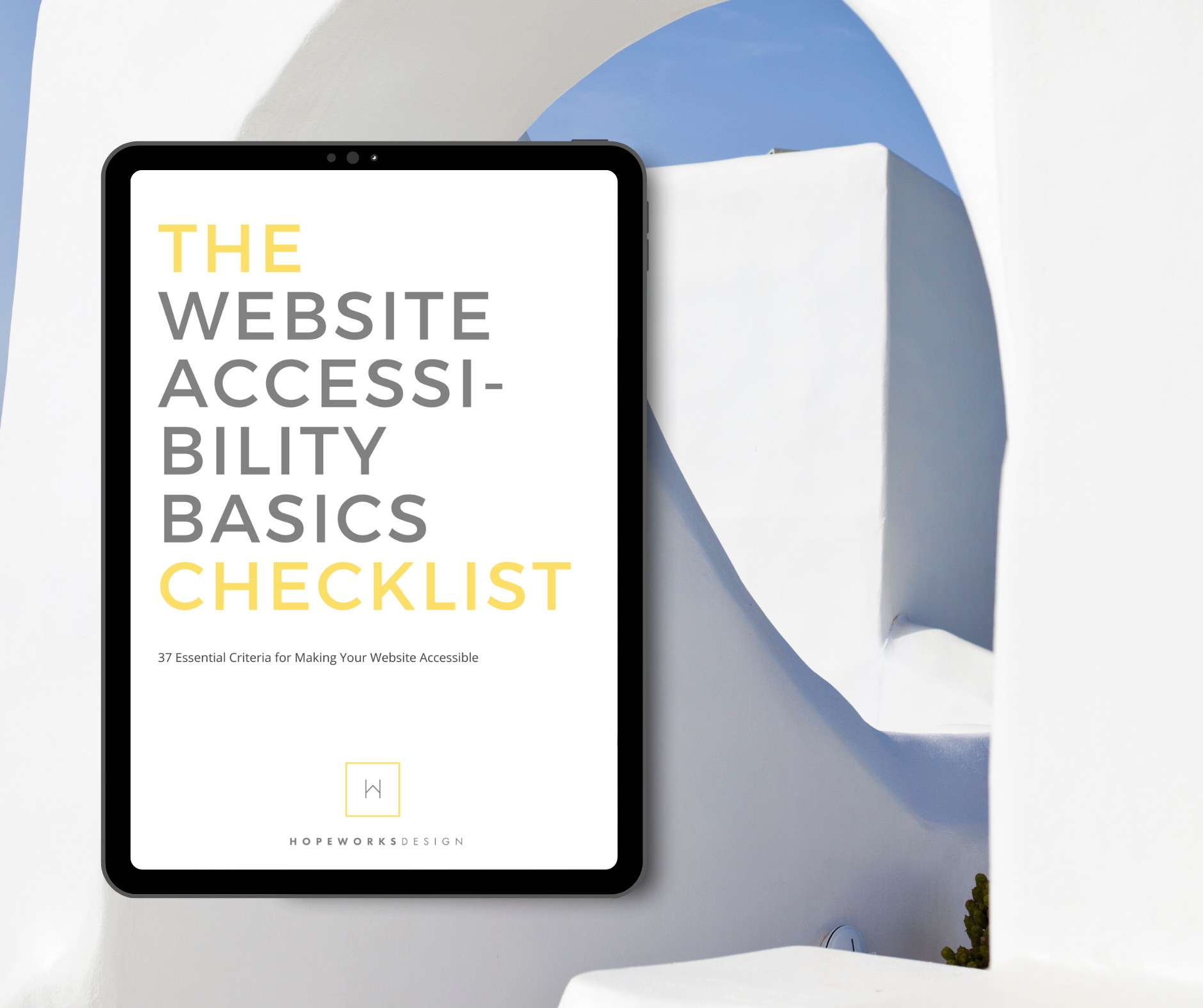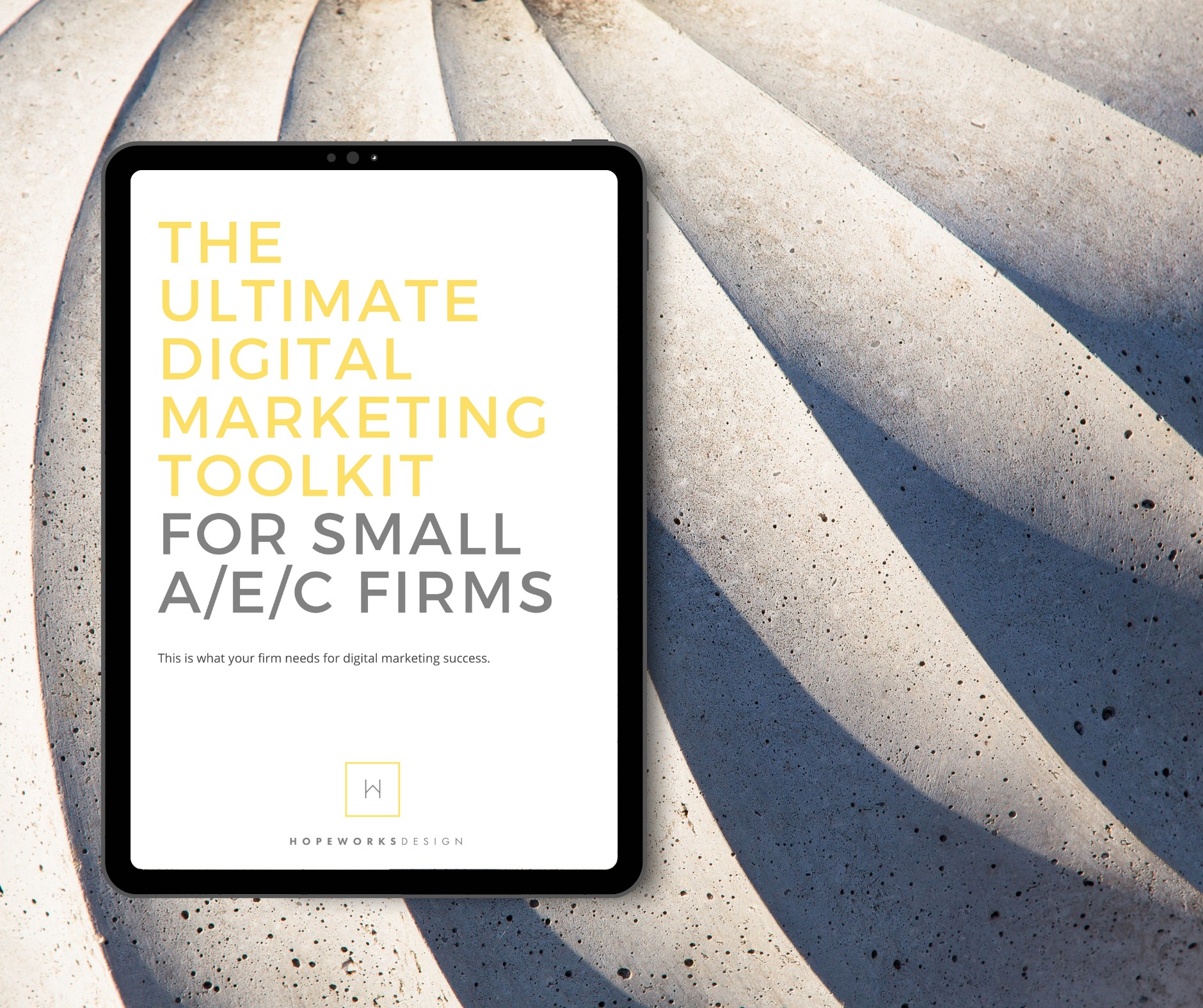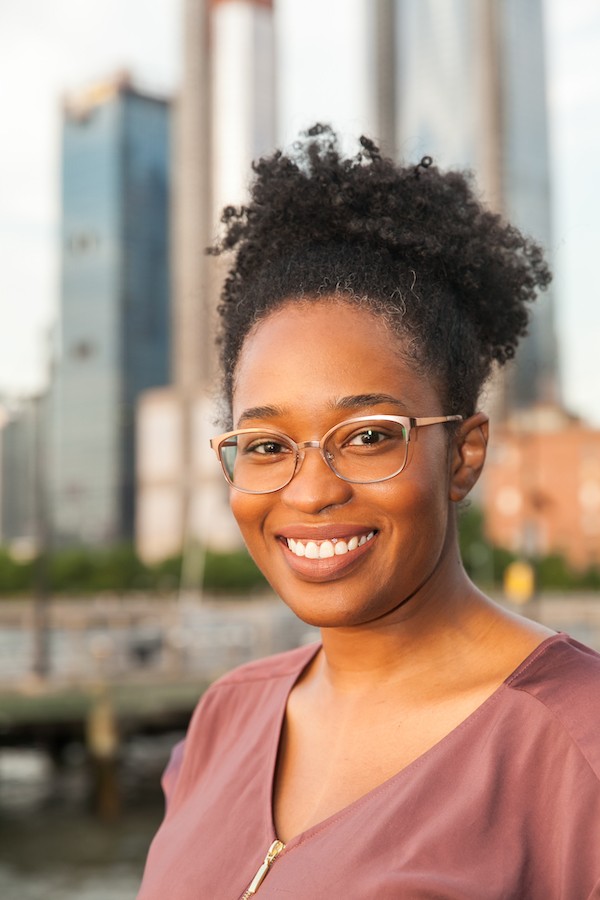We were lucky to catch up with Hope Trory recently and have shared our conversation below.
Hope, thanks for joining us, excited to have you contributing your stories and insights. We’d love to hear the backstory behind a risk you’ve taken – whether big or small, walk us through what it was like and how it ultimately turned out.
One of the biggest risks I’ve taken in business was starting my own company. During the great recession of 2008-09, I pivoted from architecture into marketing. While there’s always risk involved when changing jobs or careers, I made a very risky leap from the only profession I’d ever wanted (architecture) into completely unknown waters (marketing). And I took this leap during the longest economic downturn since WW2 without the safety net of a flush savings account or a pipeline of work waiting for me.
From the time I was a small child, I’d wanted to become an architect. I dreamed of saving the world via architecture. As a child, that meant reclaiming things we typically throw away–old car tires, plastic bottles and rings, etc–and reusing them as building insulation. It meant using sustainable materials and practices for building homes and other structures. It meant designing spaces that are healthy, that are inclusive, and that support the people, animals, and plants that inhabit them. I had this dream long before I learned the language of sustainability and regenerative design.
My dream was encouraged and supported by my family, friends, and my schools. I was an ace student and ended up going to study architecture at Cornell University–the best undergrad architecture program in the USA even today–and on my school breaks (summer, fall, and winter breaks) I would intern at a well-respected architecture firm in my hometown. I was all set for working post-graduation since I had a job at this firm waiting for me. So, everything seemed like it was all falling into place for me.
Then the great recession hit and upended things. Projects stalled, layoffs happened, and I needed to figure out what to do to pay the bills. This is when I turned a hobby into a business. Since college, I had been designing and building websites for fun. I taught myself marketing as well because I thought it was fascinating. I would get requests to build someone’s website or to help someone with their marketing and I did so as a hobby. Once the recession happened and I was out of a job, I realized that recession or not, I kept getting requests for web design and marketing work. At that point, I knew I needed to start taking it seriously as a business opportunity.
I also decided to move to NYC. I had wanted to live there for years but it never seemed to be the right time or enough money but I decided it’s now or never and took the leap. After moving (with less than $1000 in my bank account), I went all in on my then freelance career as a marketer for small businesses. Eventually, I niched down to focus on AEC (architecture, engineering, construction) firms since that’s the industry I know best and I knew there was a huge opportunity. Marketing and business dev isn’t taught in architecture school and it can be challenging to learn on the job. Eventually, I stopped freelancing and created a business for myself as a marketing consultant for AEC firms.
The move from freelance to business owner was a powerful mindset shift for me because I still thought I might return to practicing architecture…whether that meant going back to my old firm or getting a job at an NYC firm or elsewhere, I still thought about going back. And I kept getting job offers to work at some amazing firms, however, I realized that that was not my path. I was meant to be doing what I am doing now. I niched down even more and chose to focus on AEC firms that have a mission to help make this world a better place.
My mission is to help mission-based firms execute a consistent and effective marketing strategy to stay profitable regardless of the current state of the economy. Which brings me full circle to my dream as a child. Helping others be successful in a field I love means that I’ll have a greater reach and positive impact on this world than I ever could on my own. You see, I still want to save the world via architecture, it’s just happening in a different way. In the end, my pivot to marketing led me to find my true purpose.
I wake up happy and excited to do what I do – that’s the best part of this journey so far. I had thought the path to architecture would get me there, and in a way, it did, just not how I expected. The risk has been very much worth the reward.

Awesome – so before we get into the rest of our questions, can you briefly introduce yourself to our readers.
I studied architecture at Cornell University and practiced architecture in Detroit. The Great Recession of 2008 and 2009 was a turning point for me; it underscored the critical importance of marketing in architecture—a field that, regrettably, often overlooks this aspect in professional training. This realization prompted me to pivot to consulting and coaching AEC professionals on marketing and business development.
My clients are driven by the mission to improve the world through their work, and my mission is to help them do so profitably. I established HOPEWORKSDESIGN to help AEC firms execute a consistent and effective marketing strategy to stay profitable regardless of the current state of the economy.
My unique approach has made me a key speaker at prestigious events like the Section Cut Conference and industry-leading podcasts like Monograph Best Practice and The Unboxing Project.

Any advice for growing your clientele? What’s been most effective for you?

Are there any books, videos or other content that you feel have meaningfully impacted your thinking?
Some of the books: The E-myth Revisited by Michael E. Gerber, The 4-Hour Workweek by Tim Ferriss, Chill and Prosper by Denise Duffield-Thomas.
Some of the podcasts: Ask Pat, Smart Passive Income Podcast, The Higher Self, The Tim Ferriss Show, Side Hustle Pro, How to be a Better Human.
These resources have inspired me in many ways as well as helped me to structure a business that serves me instead of me serving it. I’ve learned how to better delegate, what’s actually worth my time and energy, how to charge what my services are worth, how to find joy in the not-so-great parts of running a business, and so much more.

Contact Info:
- Website: hopeworksdesign.com
- Linkedin: https://www.linkedin.com/in/hopew/
Image Credits
Hope L. Trory or HOPEWORKSDESIGN


